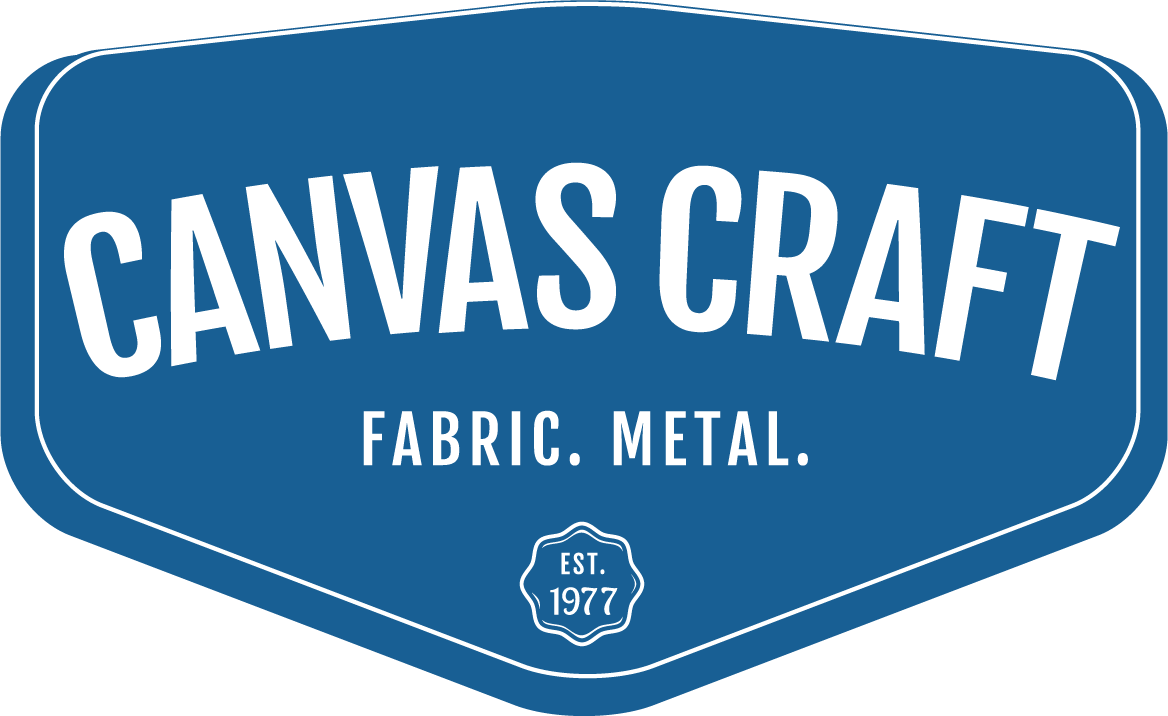INFORMATION YOU'LL NEVER NEED TO KNOW, BUT IS INTERESTING ANYWAY
Though it may be hard to believe – the art of sewing is not a modern invention. In fact, archaeologists have discovered evidence of hand sewing dating back to as early as the ice age.
The very first sewing needles were made from animal bones and thread was made from animal sinew (tendons). Metal needles didn’t become the standard until the 14th century, while the first eyed needles appeared around the 15th century.
The Birth of Industrial Sewing
Though sewing has been a part of human history for at least 20,000 years, it wasn’t until the Industrial Revolution (around 200 years ago) that mechanical sewing was invented.
Many countries played a vital role in the development of the first sewing machine, but the first patent for an industrial machine was issued in 1790 to an English inventor named Thomas Saint. His machine was unique because allowed both leather and canvas to be securely stitched together.
Industrial sewing machines became more advanced as the 17th century progressed. And in 1830 that the first functional sewing machine (which closely replicated sewing by hand) was invented by a French tailor namedBarthelemy Thimonnier.
Thimonnier’s machine only used a single thread and a hooked needle which together made the same chain stitch used with classic embroidery. Though his machine was a huge leap for the sewing industry — not everyone was pleased. Weary of unemployment, a fuming group of French tailors started Thimonnier’s garment shop on fire – nearly killing him in the process.
Industrial Sewing in America
In 1834, an American named Walter Hunt developed a commercial sewing machine that created a locked stitch from underneath the machine using a second thread.
Unfortunately, he never patented his design and a fellow American inventor named Elias Howe received credit instead. As a result, Howe encountered several problems related to patenting and marketing his machine.
A series of patent wars broke out, namely with Isaac Singer – one of the largest sewing machine manufacturers to use Howe’s invention. Howe won his case and was entitled to royalties from Singer until his patent expired (which interestingly enough, was the same year Howe died).
Around the same time, civil war had broken out and the production of military uniforms went sky high, making Howe and Singer the first American inventors to reach millionaire status.
Modern Industrial Sewing
In 1873, Helen Augusta Blanchard invented and patented the first zigzag stitch sewing machine. Her invention made sewing edges sturdier and higher quality. In addition to the zigzag stitch sewing machine, Blanchard also released a series of other inventions including a hat-sewing machine and surgical needles.
For the most part, the first industrial sewing machines were used by workers in garment factory production lines. It wasn’t until 1889 that a machine for home use was marketed to the general public. This invention was further refined with the widespread use of electricity in 1905.
Today, the sewing machine remains one of the most important inventions in history, precisely because it gave rise to the textile industry. It’s creation sparked companies to continue experimenting with technology and revolutionize the industrial sewing industry.
